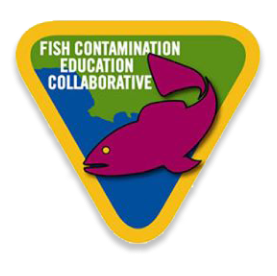EPA Releases Plan to Address Palos Verdes Contaminatinon
|
|
||
|
|
The United States Environmental Protection Agency (EPA) reached a milestone this summer with publication of the Proposed Plan for the Palos Verdes Shelf Superfund site off the coast of Palos Verdes Peninsula. The Proposed Plan presented EPA’s preferred method of addressing the risks to human health and the environment posed by the contaminated sediment. Although the sediment is too deep for human contact, fish in the area accumulate the hazardous chemicals (DDT and PCBs) found in the sediment. EPA can’t “clean” the fish directly, but by reducing the concentrations of DDT and PCBs in the sediment, the fish will improve over time. EPA’s recommendation is to take a phased approach to cleaning up the site, beginning by covering a portion of the contaminated sediment with clean sand called a cap. Based on the effectiveness of this initial action, EPA will decide what additional steps will accelerate site recovery. The Proposed Plan summarized all of the cleanup alternatives EPA evaluated, not just EPA’s preferred alternative, and was released for public comment from mid-June to mid-July. During that time, EPA held three public meetings in San Pedro, Wilmington and Rolling Hills. Each meeting started with an open house where people could visit display booths hosted by representatives of the Fish Contamination Education Collaborative (FCEC), Montrose Settlements Restoration Program (MSRP), and the EPA. At the FCEC booth, visitors could learn what fish are safe to eat and how fish preparation can make the difference between a wholesome meal and a hazardous one. The MSRP booth showed ongoing and planned recovery efforts, including the successful reintroduction of bald eagles and peregrine falcons to the Channel Islands. The EPA booth displayed more technical information on sediment cleanup technologies and the site. The public meetings coincided with California’s Office of Environmental Health Hazard Assessment (OEHHA) release of their new fish advisory for the Santa Monica to San Mateo Point area. Dr. Susan Klasing from OEHHA attended the first meeting at the Cabrillo Beach Bathhouse and walked attendees through the new advisory. After the open house, EPA project manager Carmen White gave a presentation that explained EPA’s preferred alternative and then opened the meeting to public comment. Some people had questions about the fish advisory, while others had questions and comments about remedy implementation. One community member voiced concerns that the timing of cap placement should not interfere with grey whale migration and calving. EPA is preparing its responses to all the comments received at the meetings and in writing. These responses and EPA’s selected remedy will be part of EPA’s Record of Decision, scheduled for release this October. When the Record of Decision is available, EPA will send an announcement to its Palos Verdes Shelf mailing list and place a notice in local newspapers. |
|




